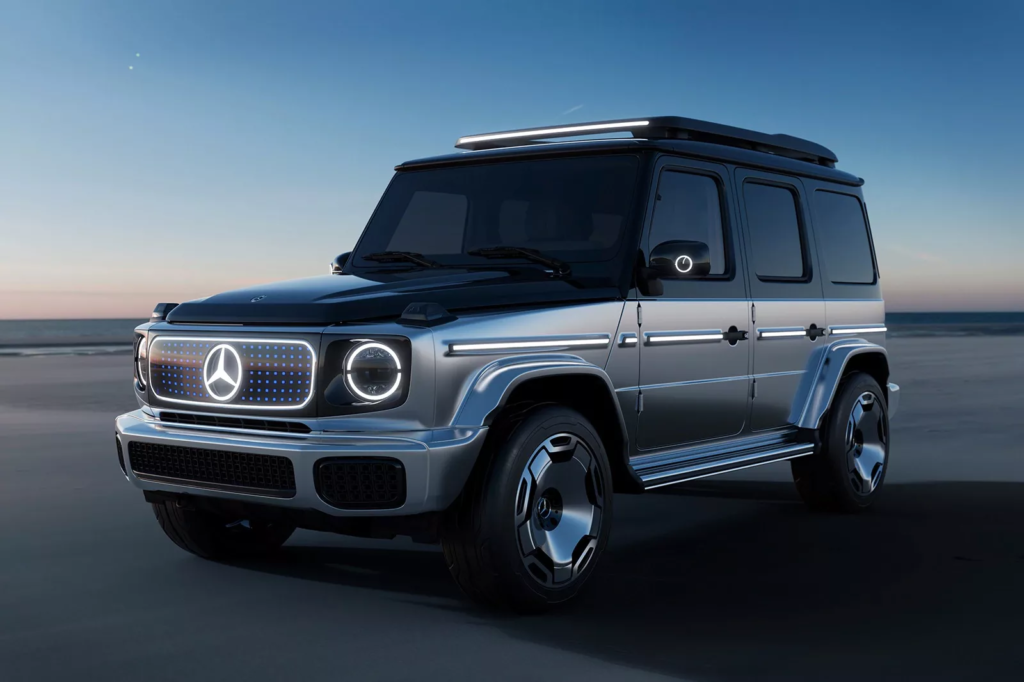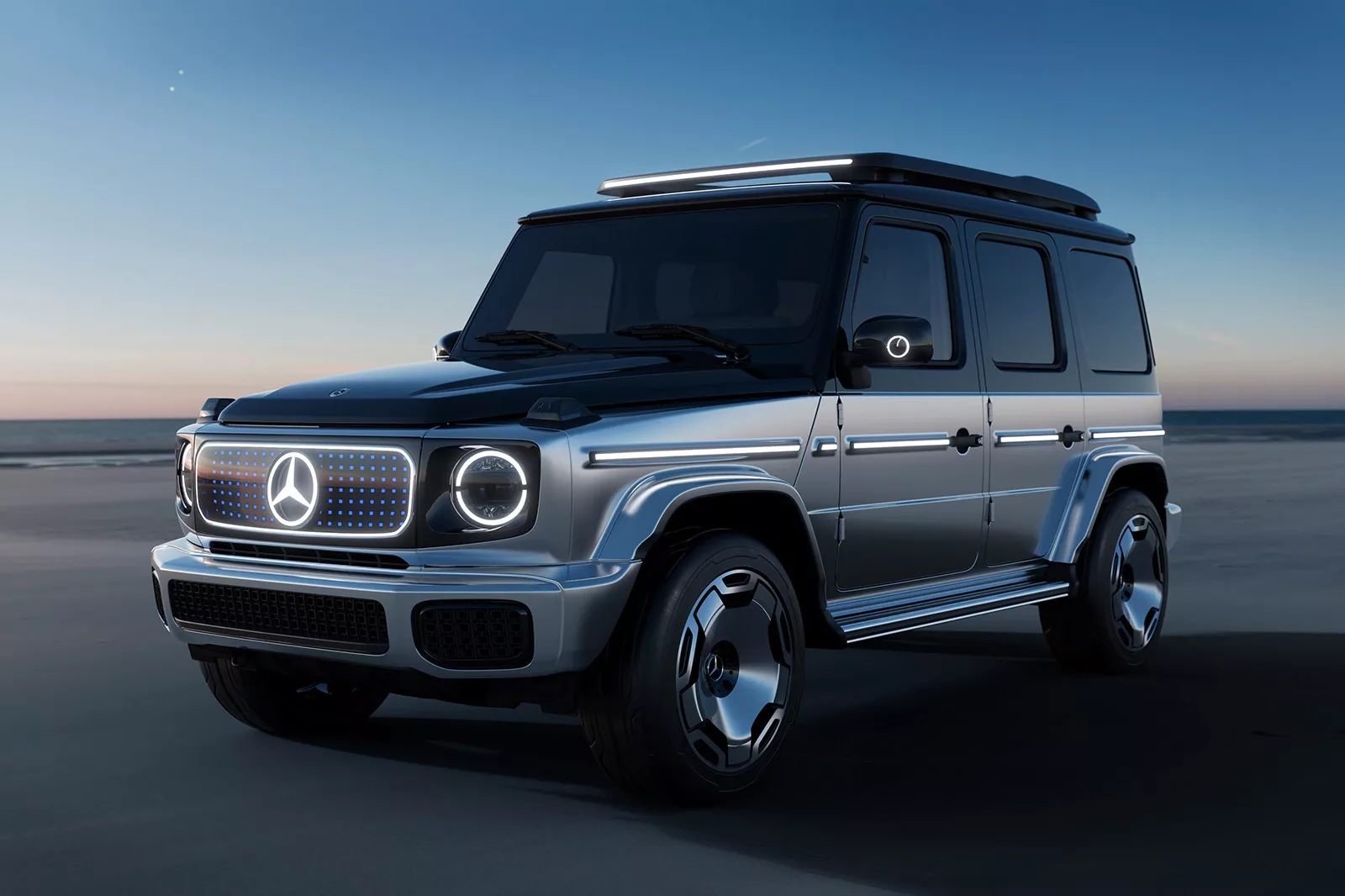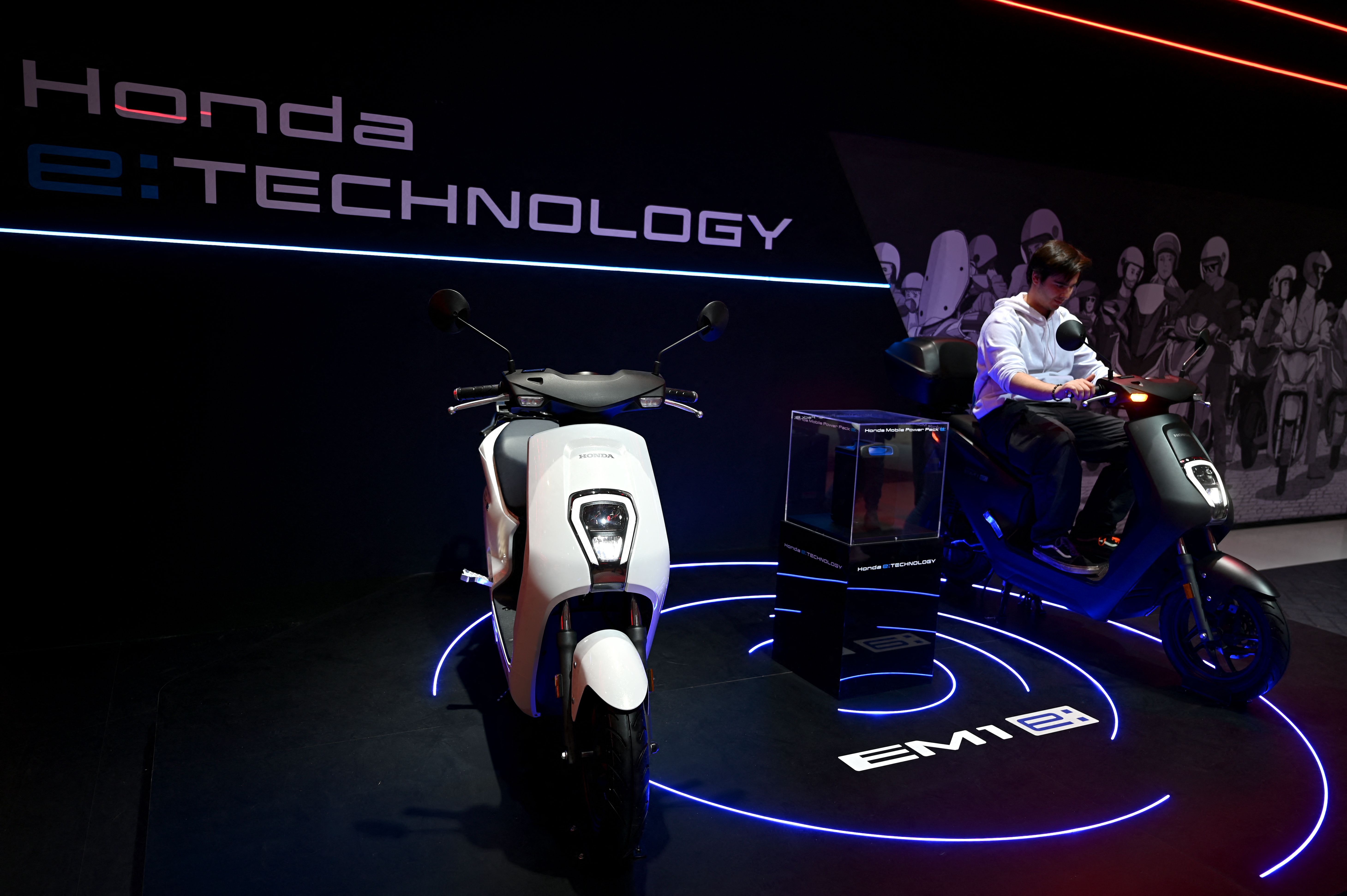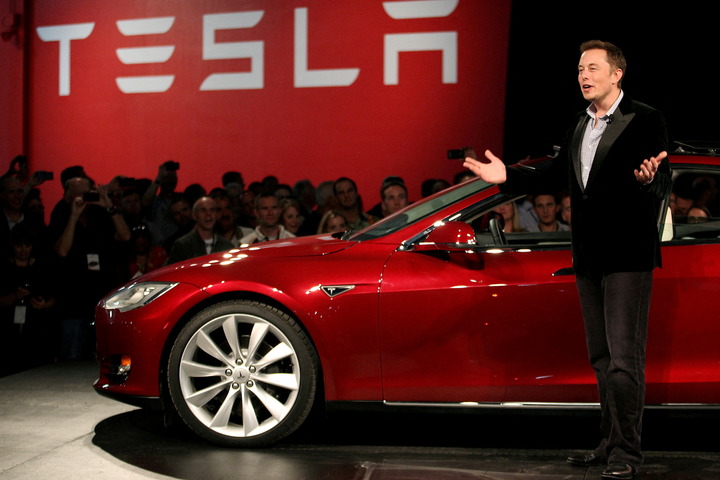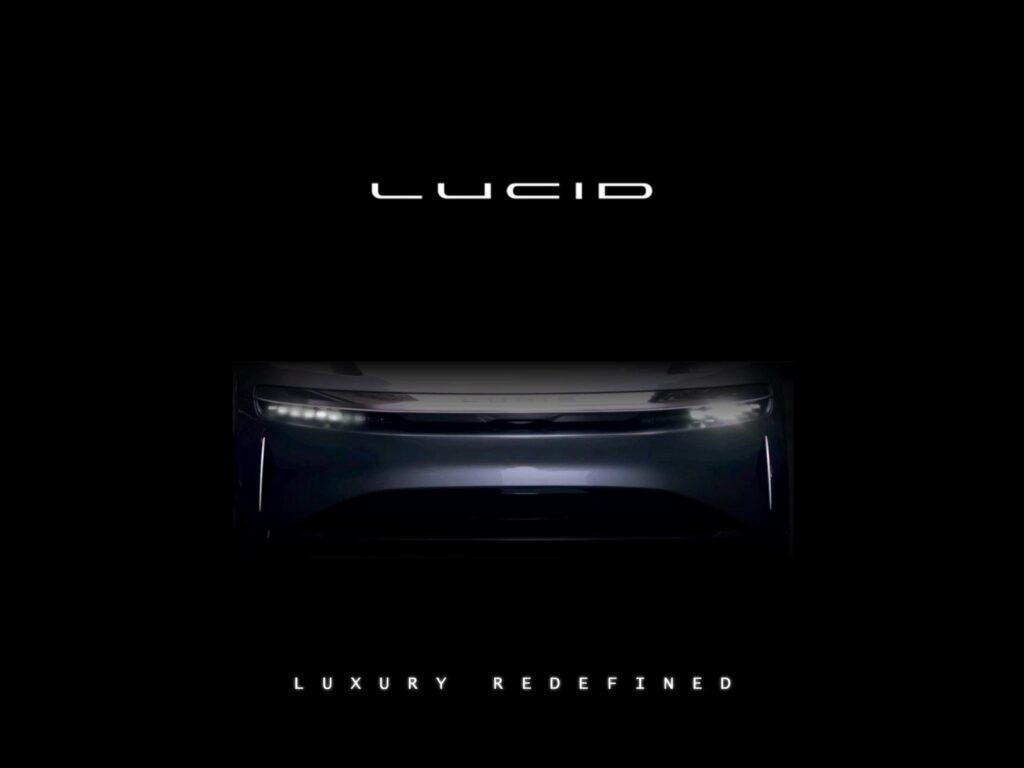Shai Agassi: Pioneering Journey in the Electric Vehicle Sector
Shai Agassi’s entrepreneurial journey in the electric vehicle sector is a testament to visionary thinking and innovation. As the founder of Better Place, Agassi embarked on a mission to revolutionize transportation by making electric vehicles more accessible and practical for consumers worldwide. His story is one of ambition, challenges, and lasting impact.
Founding Better Place: A Bold Vision
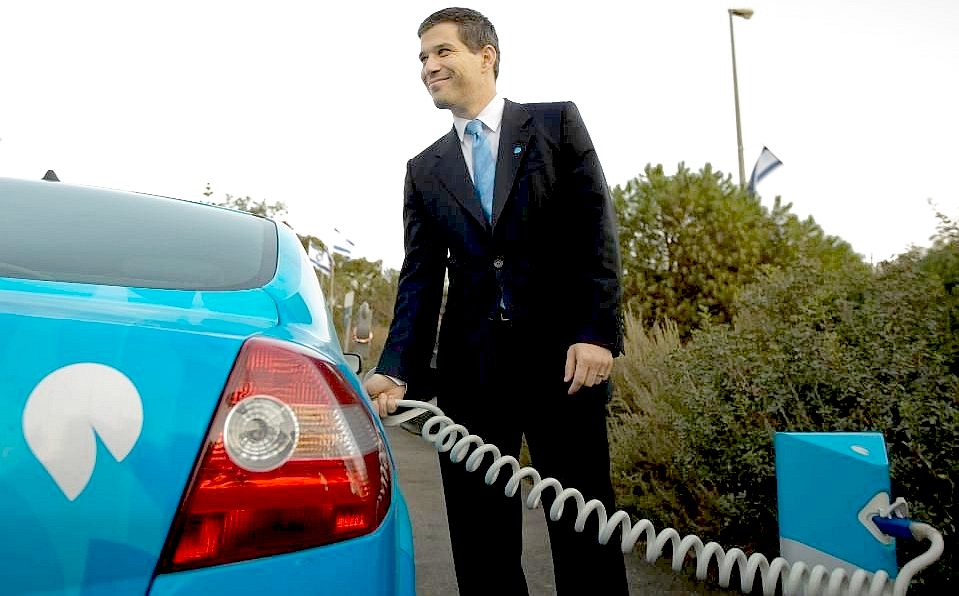
Image Source: change-climate.com
In 2007, Shai Agassi founded Better Place with a bold vision: to create a comprehensive infrastructure that would support widespread adoption of electric vehicles. Central to this vision was the development of battery-swapping technology, aimed at addressing the limitations of EV range and charging infrastructure. Agassi believed that by solving these challenges, electric vehicles could become a viable alternative to traditional gasoline-powered cars.
Revolutionizing Infrastructure: Battery-Swapping Technology
Better Place’s innovative approach centered around battery-swapping technology, which allowed drivers to exchange depleted batteries for fully charged ones at automated stations. This concept aimed to eliminate long charging times and extend the range of electric vehicles, making them more practical for everyday use and long-distance travel. Agassi’s focus on infrastructure development was a critical step towards mainstream EV adoption.
Challenges and Setbacks: Navigating Obstacles
Despite early successes and significant investment, Better Place faced numerous challenges. Technical complexities, high costs, and regulatory hurdles posed formidable obstacles along the way. The company’s ambitious plans to deploy battery-swapping stations globally proved challenging to execute, leading to financial strain and operational difficulties.
Legacy and Impact: Shaping the EV Industry
While Better Place ultimately closed its doors in 2013, Shai Agassi’s contributions to the electric vehicle industry are enduring. His emphasis on infrastructure development, battery technology, and business model innovation laid the groundwork for future advancements in EV technology and adoption. Concepts like fast-charging networks, improved battery technology, and collaborative efforts between automakers and infrastructure providers reflect Agassi’s lasting impact.
Agassi’s entrepreneurial journey offers valuable lessons for innovators and industry leaders. It highlights the importance of visionary thinking, strategic partnerships, and technological feasibility in driving meaningful change. Despite the challenges faced by Better Place, Agassi’s vision and determination continue to inspire advancements in the electric vehicle sector.
Shai Agassi’s entrepreneurial journey in the electric vehicle sector remains a compelling story of ambition, innovation, and resilience. His pioneering efforts have left an indelible mark on the EV industry, shaping the way for a future of sustainable transportation. As the world continues to embrace electric vehicles, Agassi’s legacy as a visionary and innovator continues to inspire and guide the ongoing evolution of the automotive landscape.

I am a law graduate from NLU Lucknow. I have a flair for creative writing and hence in my free time work as a freelance content writer.
